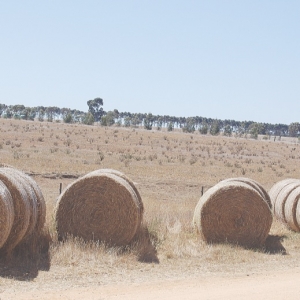Dairy Australia’s feedbase programme manager, John Evans, says while stocks of high quality cereal hay are being held by exporters in WA and SA it will cost much more if sold on the domestic market.
Alternative sources of fodder are available, in particular alternative fibre sources, but some coordination will be needed to secure these. Farmers also needed to be wary of the potential for chemical residue contamination of these alternatives, says Evans.
“Cotton trash, rice straw and maize stubble from the Murrumbidgee Irrigation area and Sorghum stubble further north are potential fodder sources but are often seen as waste products and not usually baled or traded so a clear message indicating demand for these fodders will be needed to ensure supply,” he said.
“The best approach to accessing these fodders is likely to be through contact with milk companies and traditional fodder suppliers who can source product in a coordinated way.”
Evans says that as these crops were grown for grain and not fodder, farmers needed to ensure they were free from chemical residues including insecticides, herbicides and fungicides used in crop growth. Farmers should check with their supplier about the crop history and potential residues, he said.
While these potential fodder sources are low quality they are good sources of effective fibre which can be used to help balance diets based on lush pasture and grains/concentrates.
“When considering alternative feed sources it is also important to ensure there is adequate effective or long fibre in the diet, this fibre promotes chewing and saliva production reducing the risk of a drop in rumen pH and acidosis,” he says..
Other alternative feeds such as palm kernel extract (PKE), grape marc or almond hulls are also useful for making a ration but they have low effective fibre levels.
















